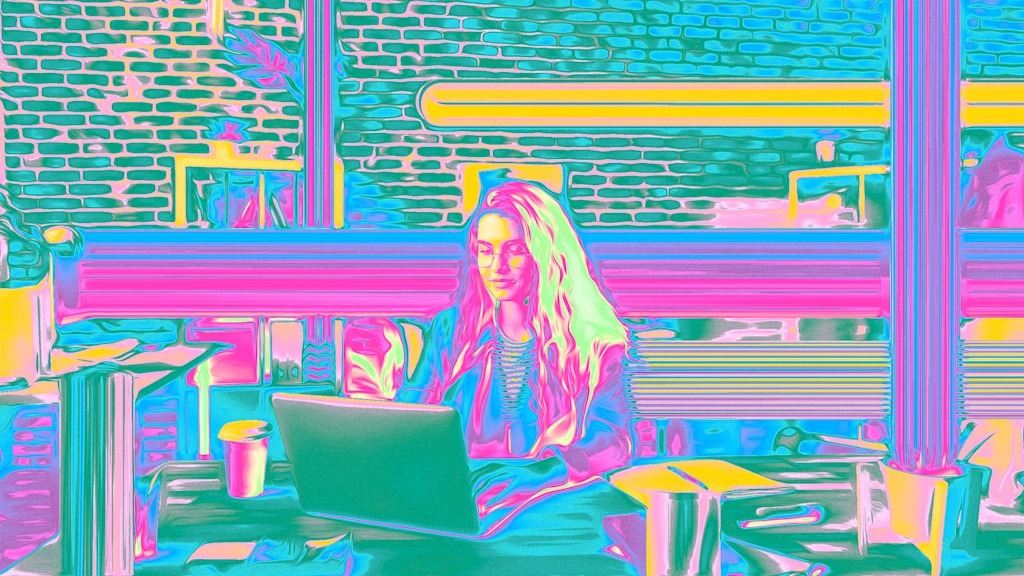
"I remember a time when designing felt like speaking a secret language, a series of precise clicks and drags that, while powerful, felt more technical than fluid. Over the past three decades the evolution of design interfaces has been a journey from pixels to objects to concepts-each step abstracting away technical complexity and bringing us closer to pure creative intent."
"Consider how a marketing manager can now type, "Create an Instagram story that captures the energy of our summer product launch," and watch as AI generates multiple design directions in seconds-then continue the conversation to refine colors, adjust messaging, or explore different moods, all while collaborating with teammates who can contribute feedback in real-time. AI isn't just saving time on edits, it's ushering in a paradigm where intent becomes the primary input, and natural language is the key that unlocks your first draft."
"This is what the researchers at Boston University's Questrom School of Business call "generative synesthesia." The harmonious blending of human exploration and AI exploitation to discover new creative workflows represents a fundamental shift in how we approach creativity. Analyzing datasets of over 4 million artworks, these researchers showed that text-to-image AI significantly enhances human creative productivity by 25% and increases the value of creative work by 50%."
Design interfaces have shifted over three decades from pixel-level controls to object- and concept-driven interactions that abstract technical details and foreground creative intent. Drag-and-drop interfaces democratized design, but recent AI advances create a new inflection where natural language prompts generate multiple design directions instantly and enable iterative refinement of colors, messaging, and mood with teammate collaboration. AI elevates intent as the primary input, reducing manual execution and freeing practitioners for strategic, visionary work. Researchers call this generative synesthesia; analysis of over four million artworks found text-to-image AI boosts creative productivity by 25% and increases creative work value by 50%.
Read at Fast Company
Unable to calculate read time
Collection
[
|
...
]